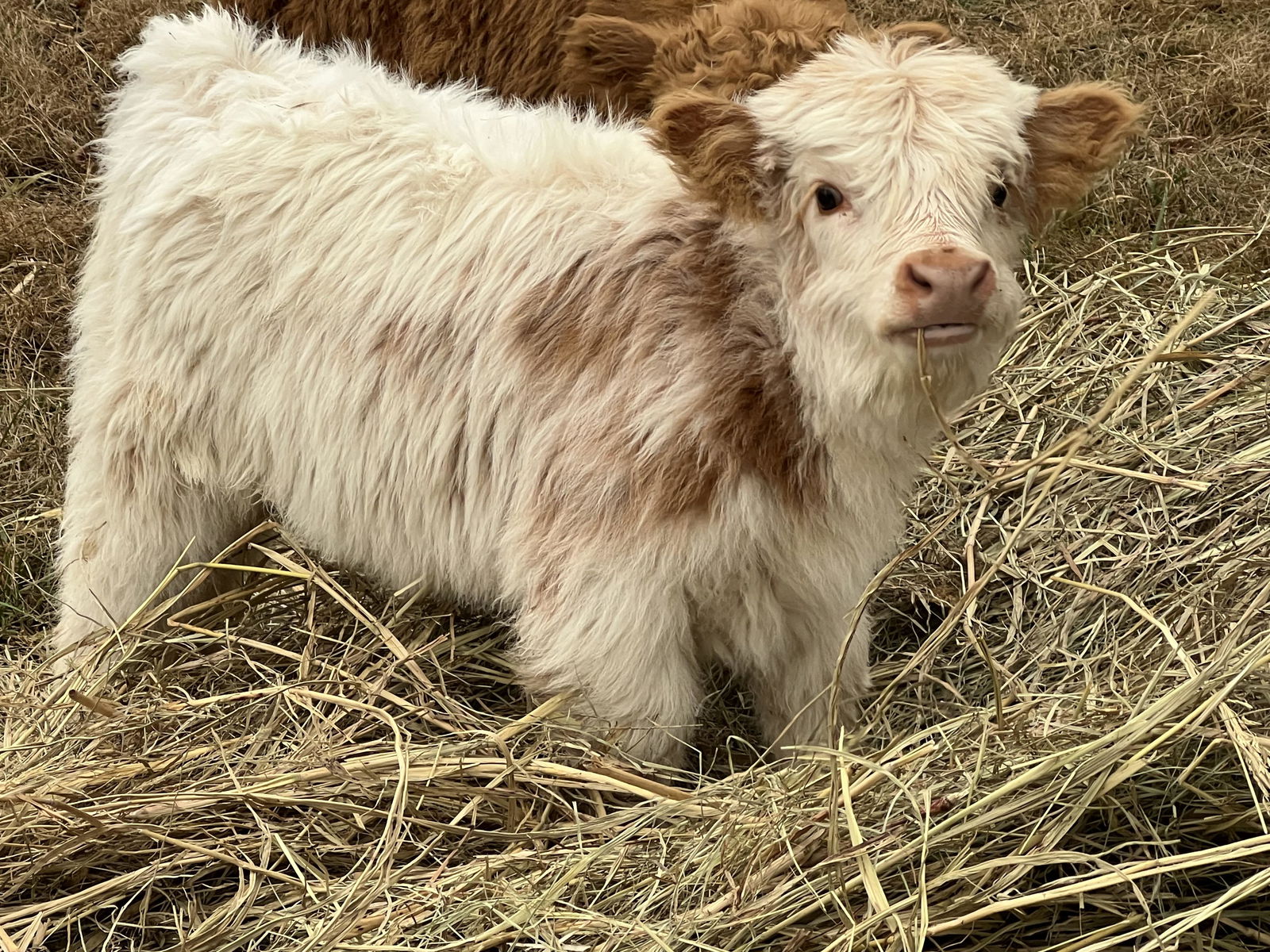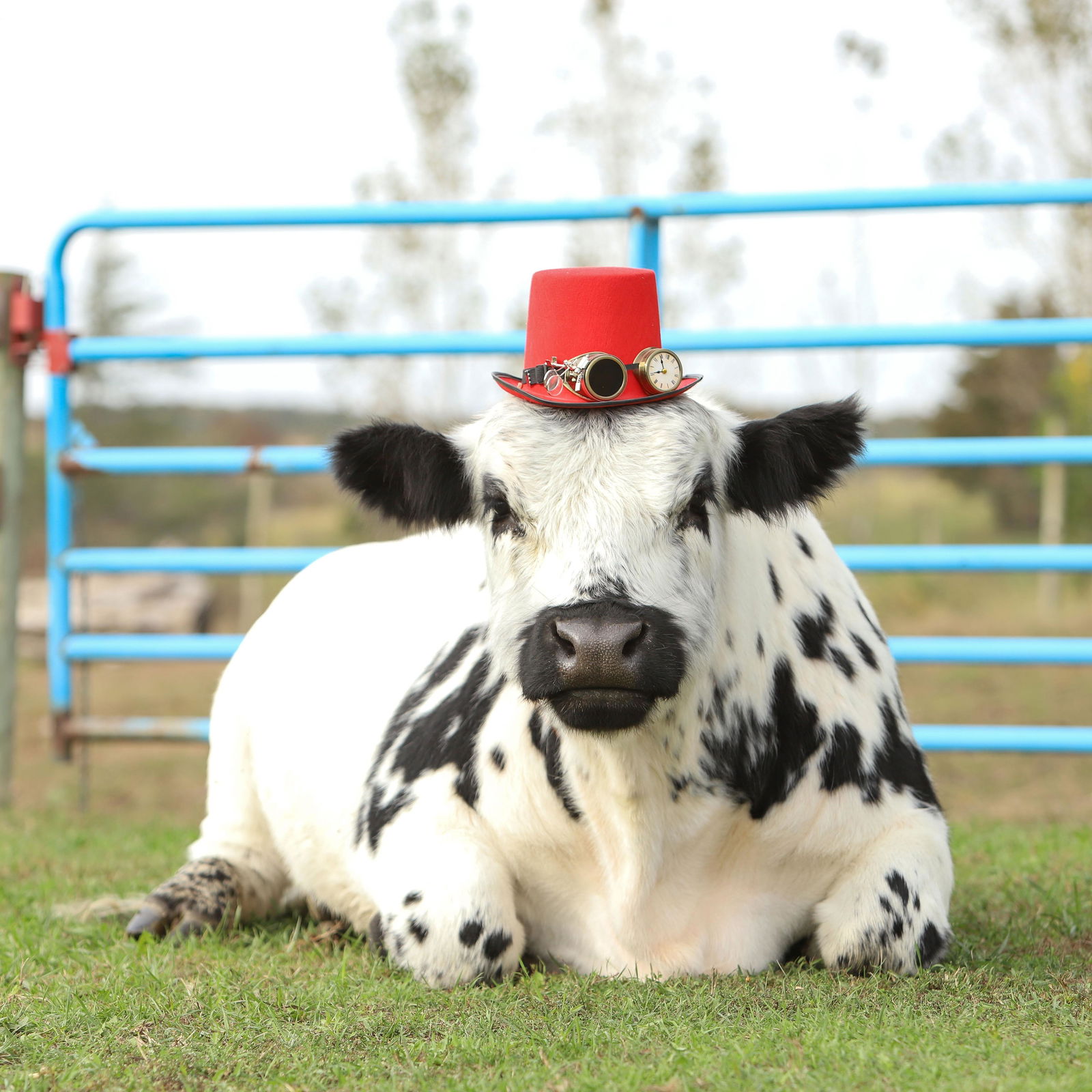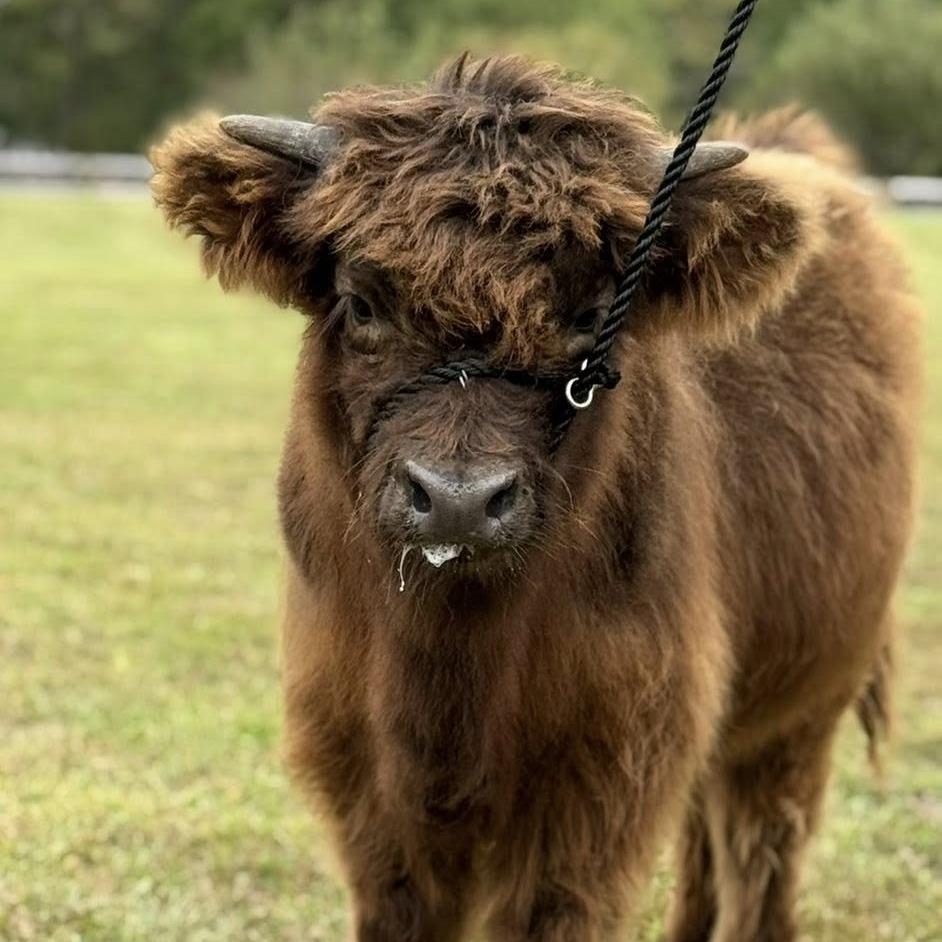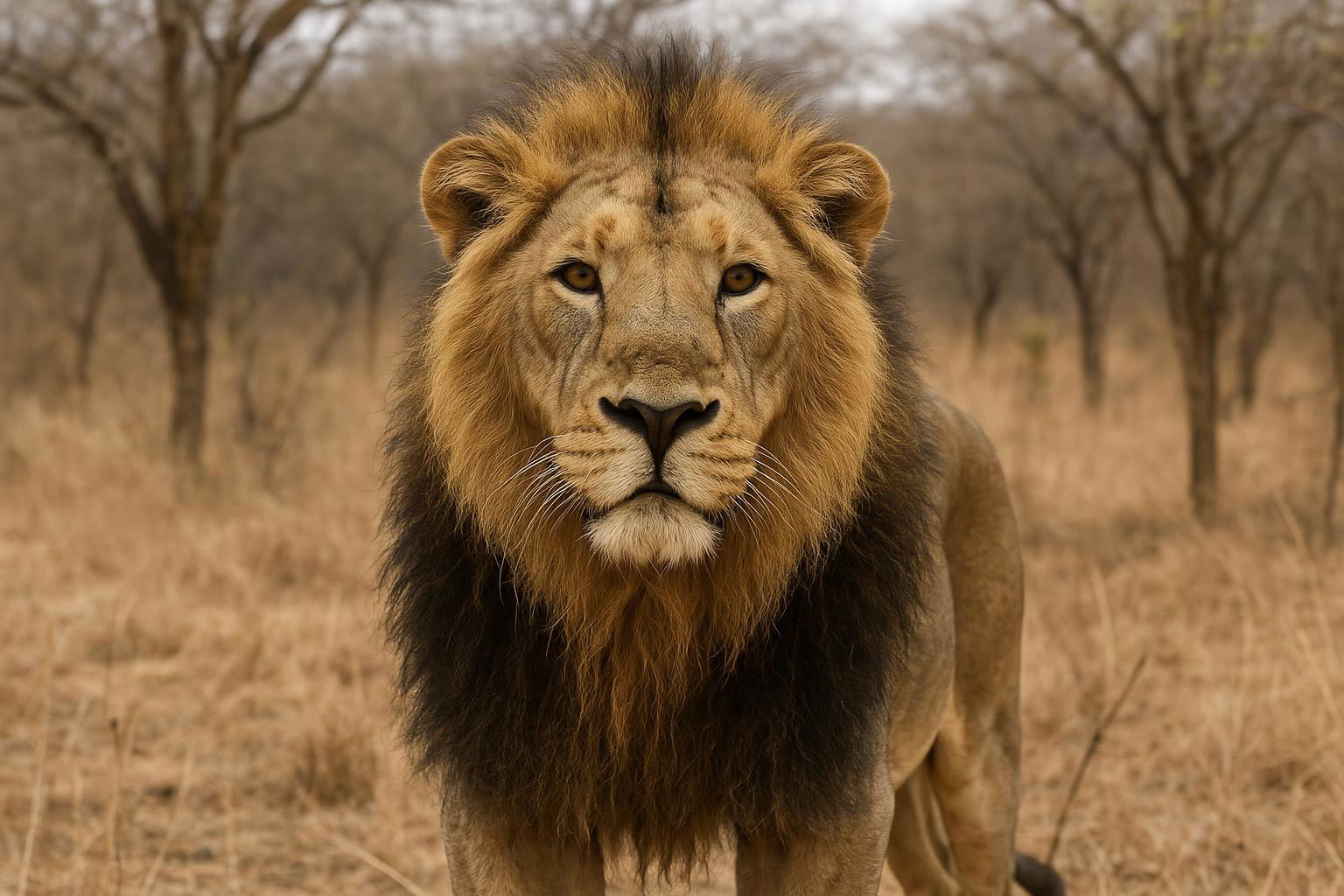
Asiatic Lion
Panthera leo persica
The Asiatic Lion, scientifically known as Panthera leo persica, is a majestic subspecies of lion found primarily in the Gir Forest National Park in the Indian state of Gujarat. Once roaming vast areas across the Middle East and northern India, this magnificent animal now exists in a much-restricted habitat, highlighting its status as an endangered species.
Physically, the Asiatic Lion is slightly smaller than its African counterpart but is distinguished by a distinctive belly fold and a shorter, sparser mane, allowing its ears to remain exposed. Males typically weigh between 160 to 190 kilograms (350 to 420 pounds), while females are slightly lighter, ranging from 110 to 120 kilograms (240 to 265 pounds).
The Asiatic Lion exhibits a strong social structure, living in prides comprising a few related females, their offspring, and one or two males. These lions are primarily active during twilight and nighttime, hunting sambar deer, chital, buffalo, and other ungulates. Their presence is crucial to the ecosystem, playing a vital role in maintaining the balance of the food chain.
Conservation efforts have been pivotal in the recovery and stabilization of the Asiatic Lion population, which was once teetering on the brink of extinction. Today, they stand as a symbol of wildlife conservation success, reflecting the dedicated efforts of conservationists and the Indian government to preserve this iconic species.

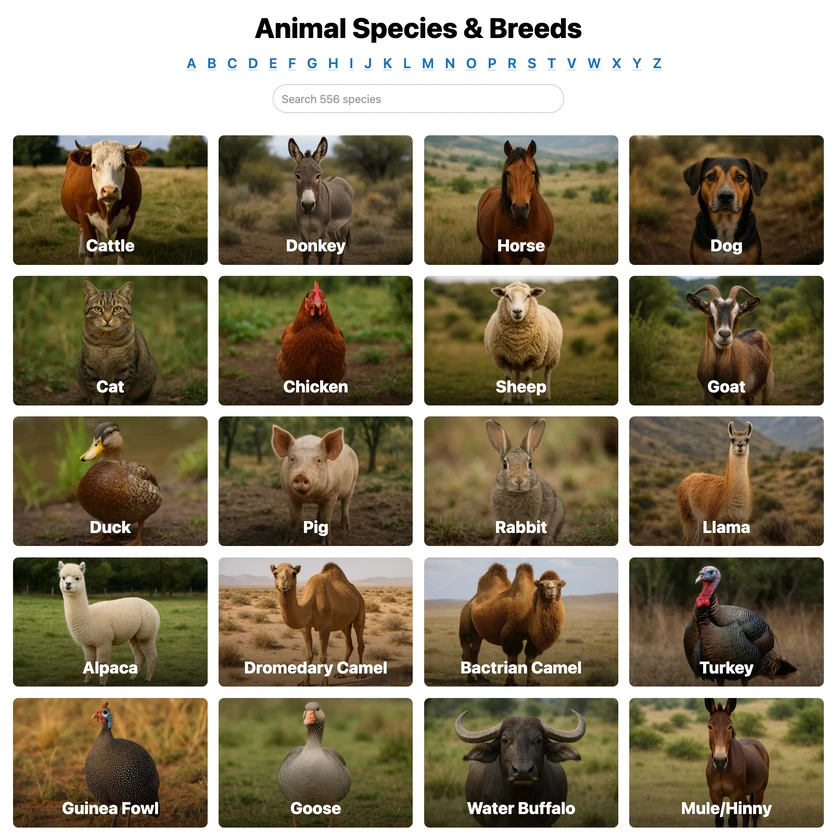 All Species & Breeds
All Species & Breeds
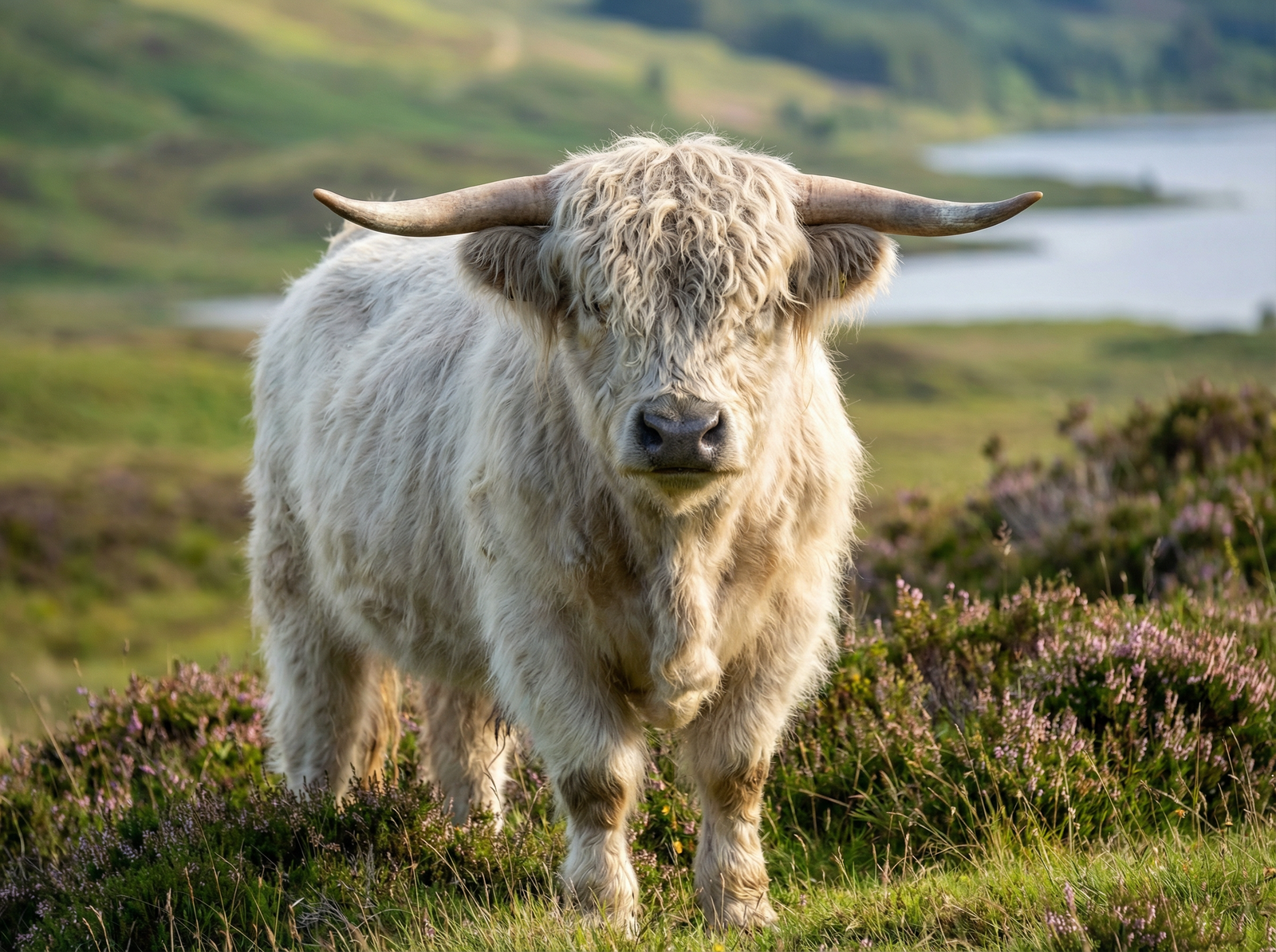 Highland Cattle
Highland Cattle
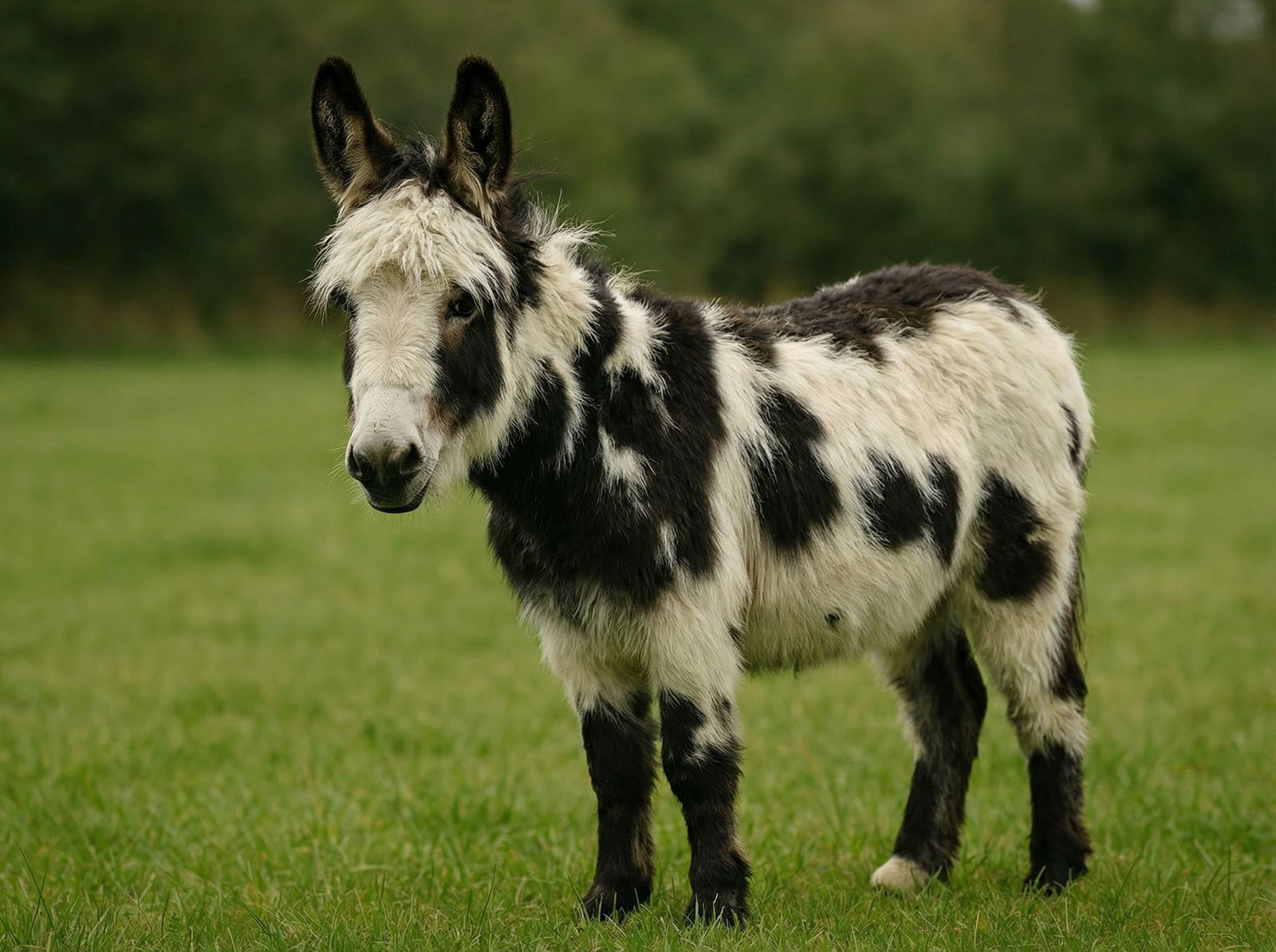 Miniature Donkeys
Miniature Donkeys
 All Species Directory
All Species Directory
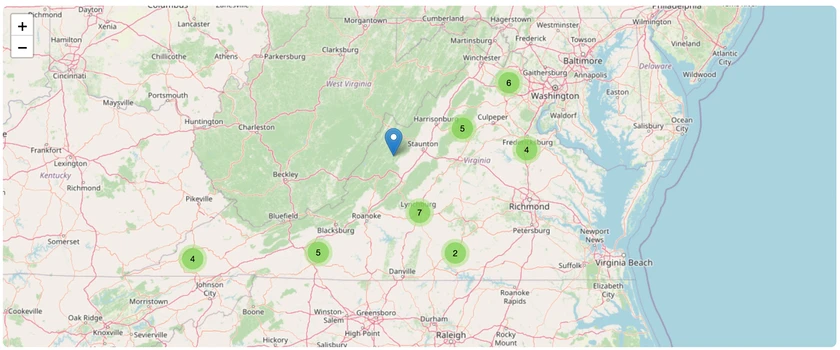 Highland Cattle in Virginia
Highland Cattle in Virginia
 Miniature Donkeys in Texas
Miniature Donkeys in Texas
